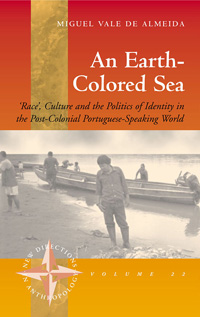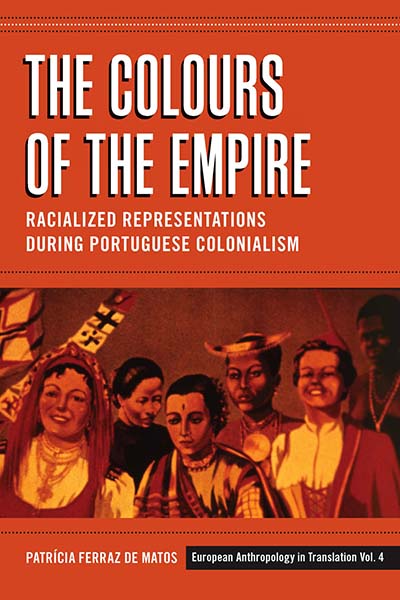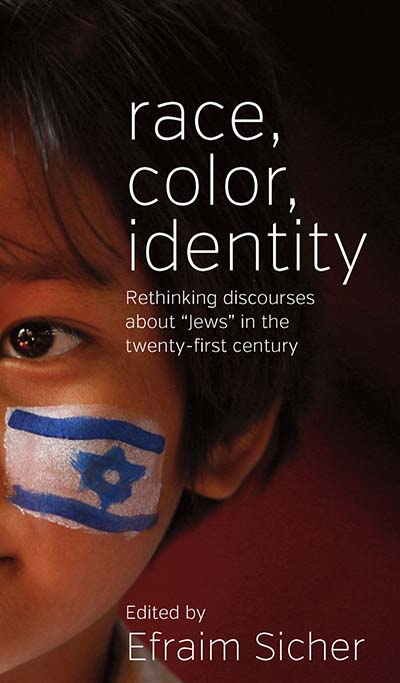Burton Mixed Heritage Oral Hers/His story projectPosted in Caribbean/Latin America, History, Media Archive, Social Science, United Kingdom on 2013-07-23 04:10Z by Steven |
Burton Mixed Heritage Oral Hers/His story project
East Staffordshire Rights & Equality Council (ESREC)
July 2012
39 pages
The mixed heritage community is the fastest growing ethnic minority group in the UK and is predicted to be the largest minority ethnic group by 2020.The ethnicity category Mixed was first introduced in the 2001 UK Census, where 677,177 people classified themselves as of mixed race, making up 1.2% of the UK’s population.
The origin of mixed heritage people in this country started en masse in the early 1940s when the USA entered World War II. Some of the American soldiers who were stationed in the UK were black and whilst here formed relationships with local people resulting in the birth of children. When they returned to the USA many left their families behind.
In 1948 the UK government was heavily involved on its national rebuilding programme following the war. People were invited to the UK from the Commonwealth. It is well documented that many came on the SS Windrush from the Caribbean, with others coming from India, Pakistan and other Commonwealth countries.
The Burton Mixed Heritage Project recognises the importance of capturing and preserving the experiences of the 1st, 2nd, and the current generation of mixed heritage people in East Staffordshire and surrounding areas.
We recorded the interviews and divided them into 3 categories to show their experiences for the benefit of future generations.
1. The G.I. Generation (1941-1964)
This generation is descended from foreign mainly Black soldiers who were stationed in Burton and surrounding areas, who had children with the local residents. It also includes the Windrush generation.
2. The Beat Generation (1965-1984)
These are the children born from the union of different cultures i.e. people from the Caribbean or the Asian sub-continent joining with people from the UK
3. The Y Generation (1985 -present)
Young people who were born in the late 80s/early 90s and are of mixed heritage.
Our aim is to empower, educate and inform people of mixed heritage communities, and society at large about their experiences and journey. This DVD aims to show you that “On every corner there is a story”
Read the entire report here.


